
Update: This article was last updated on 24th January 2025 to reflect the accuracy and up-to-date information on the page.
Moonpreneur
It is often stated that something is ‘starting from scratch.’ This term gives the overall idea of beginning to do something for the first time. In the field of programming, Scratch is a block-based language designed specifically for learners. In the Scratch language, beginners can learn the basics of coding and make simple interactive games and animations.
According to the Scratch Foundation, users of the platform range from four years old to eighty years old. Among 2.4 million registered users on Scratch, 8-year-olds lead the pack.
On the other hand, Python is a very powerful and widely used text-based programming language, which basically applies to advanced users. It is usually used for web development, for developing mobile applications, and for applications in artificial intelligence and machine learning. In contrast, the computer language of Scratch provides a more beginner-friendly visual approach towards programming, making it ideal for just beginners learning the concepts of coding.
“According to the survey conducted by Stack Overflow, 40% of Python users are between the ages of 21 and 29.”
So Scratch and Python are both programming languages, but they are designed for different audiences and have some significant differences.
What is the difference between scratch and python.
The scratch programming language is specifically designed for kids and beginners. Python, on the other hand, is suitable for professional developers. Scratch has a visual programming language where one can create programs by dragging and dropping blocks, while Python has a text-based syntax that closely resembles traditional programming languages.
Target Users: As Scratch is aimed at new beginners, it’s less complicated than Python, hence easier to understand. Compared between Scratch vs Python, the tool is quite a good enhancement to a child’s learning. Kinesthetic learners benefit particularly because it makes them perform on robotics projects.
Scratch also offers a lot of interdisciplinary possibilities, such as letting kids code their own stories or songs using simple drag-and-drop or block-based tools. In general, Scratch is a fun and easy-to-use programming language that can help kids develop their creativity and problem-solving skills.
Complexity: Because Scratch is designed for beginners, it is simpler and easier to learn than Python, which is complex. Scratch is a great tool for enhancing children’s learning. It is particularly useful for kinesthetic learners as it allows them to engage in robotics projects.
Scratch also offers a range of interdisciplinary possibilities, such as allowing kids to code their own stories or songs using simple drag-and-drop or block-based tools. Overall, Scratch is a fun and easy-to-use programming language that can help kids develop their creativity and problem-solving skills.
Python, said to be one of the world’s most popular programming languages, is more powerful and flexible, but it can also be more difficult to learn and use.
Recommended Reading: At What Age Should Kids Start Learning to Code?
Applications: Using Scratch, one can make pretty cool art, games, or even characters in games. Mainly used to create simple games and animations, Python is an all-around language that many developers use as a support language in software development, for instance, in build control and management, testing, etc.
Its versatility makes it a valuable tool in the software development process. It has a wide range of applications, including web development, scientific computing, data analysis, and artificial intelligence.
Syntax: The syntax of Scratch is based on blocks that snap together, while Python uses a text-based syntax that requires the use of proper indentation and syntax.
- In Scratch, you must first create a variable before you can assign a value to it, while in Python, a variable is created when you assign a value to it.
- In Python, you must enclose strings (any text) within a single (‘) or double (“) quotes.
- In Scratch, you can make a sprite talk to provide output to the user of the program.
Visual representation of code: In Scratch, code is represented visually, which means that kids can see the results of their code as they create it. In Python, code is represented using text, which means that kids need to run the code in order to see the results. When comparing python vs scratch, the visual aspect of Scratch makes it more accessible for beginners, while Python offers more flexibility for advanced projects.
Object-oriented programming: Scratch does not support object-oriented programming, which allows programmers to organize software design around data, or objects, rather than functions and logic. Python, on the other hand, is an object-oriented language, meaning that it allows you to define and manipulate objects.
Overall, Scratch is a great programming language for children and beginners who want to learn the basics of programming, while Python is more suited for professional developers who want to build more complex and powerful applications.
Moonpreneur is on a mission to disrupt traditional education and future-proof the next generation with holistic learning solutions. Its Innovator Program is building tomorrow’s workforce by training students in AI/ML, Robotics, Coding, IoT, and Apps, enabling entrepreneurship through experiential learning.



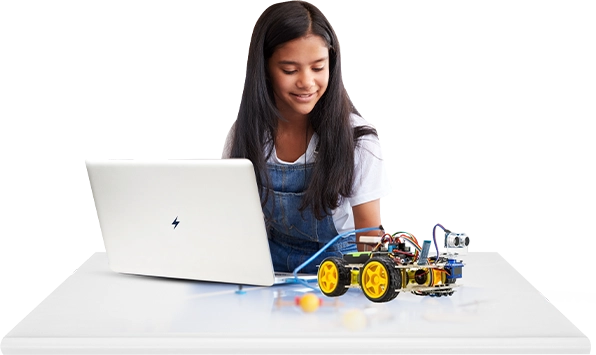






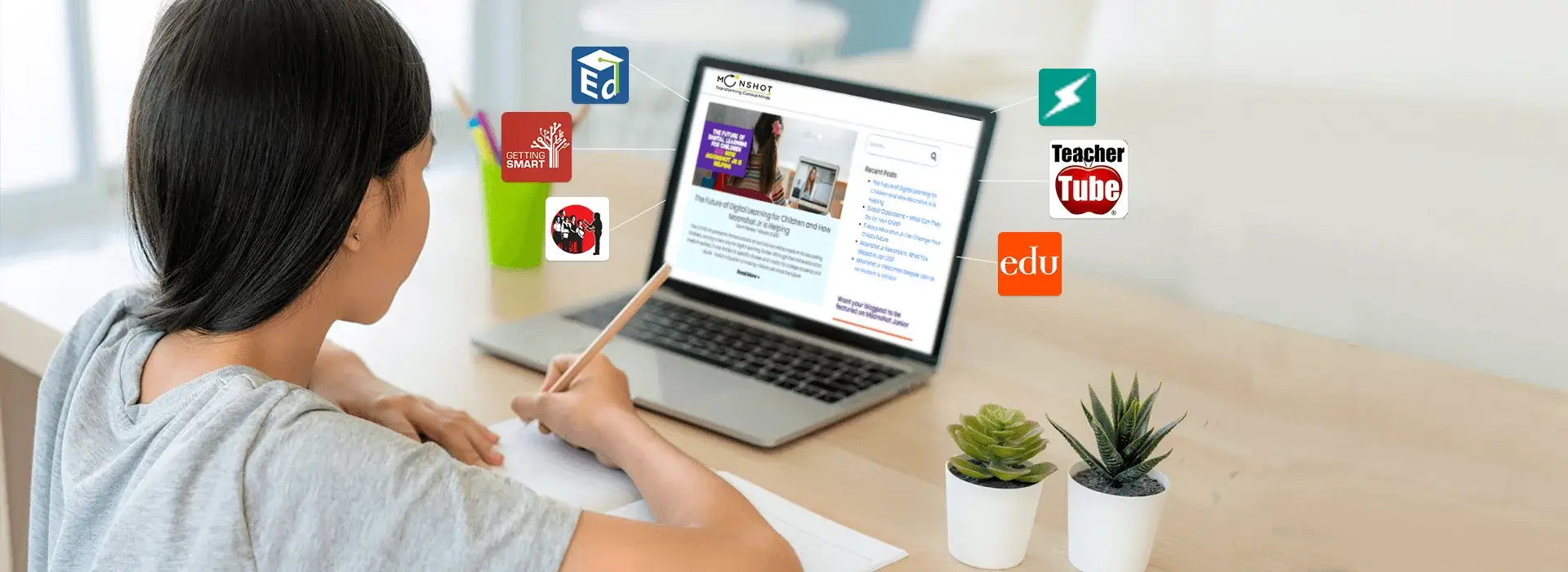

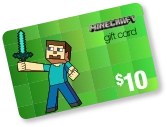
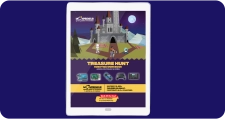
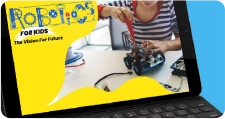
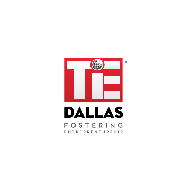
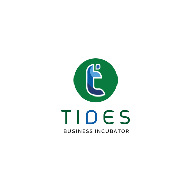


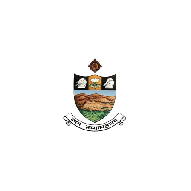
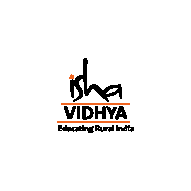

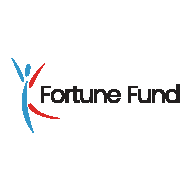
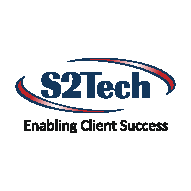
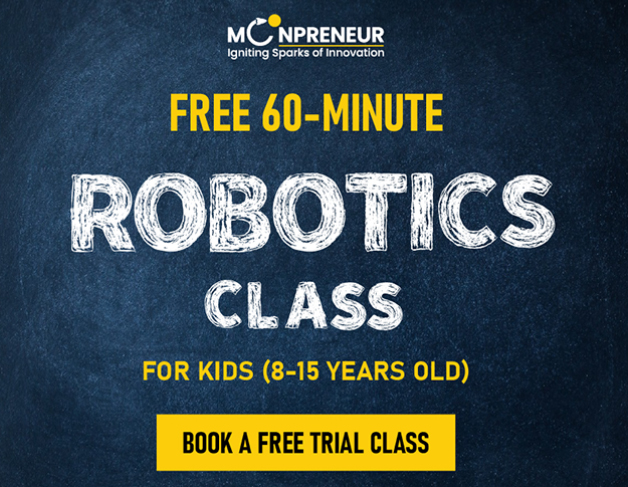
Hi there I want to know how Phyton works
Scratch and Python are both programming languages, but they are designed for different purposes. Scratch is a visual programming language that is designed for beginners to learn programming concepts and create simple interactive projects. Python is a general-purpose programming language that is more versatile and powerful than Scratch. It is commonly used for web development, scientific computing, data analysis, and machine learning. Python has a steeper learning curve than Scratch but is more flexible and powerful.
How is Scratch different from other programming languages?
Scratch uses block-based programming where students write their games and animations using predefined code blocks instead of manually entering “keywords” (words that are in the syntax of the language)
Do text-based and block-based programming languages have different syntax.
Yes, the syntaxes of programming languages that use text and those that use blocks are different.
The primary distinction between the syntax of text-based and block-based programming languages is the usage of visual blocks in block-based languages as opposed to text-based languages, which demand that programmers adhere to particular norms. Beginners can learn block-based languages more quickly as a result, but their power and flexibility are also constrained.
How many codes does Scratch contain?
In Scratch 3.0, there are 240 code blocks, which are broken down into 9 categories:
Motion (21 blocks)Looks (17 blocks)Sound (12 blocks)Events (11 blocks)Control (11 blocks)Sensing (11 blocks)Variables (10 blocks)Operators (18 blocks)My Blocks (0 blocks by default)The “My Blocks” category will display any custom code blocks that users have created.
The amount of Scratch code should not be interpreted as an indication of its strength or adaptability. Scratch allows developers to create a variety of applications, from simple games to complex animations and interactive stories.